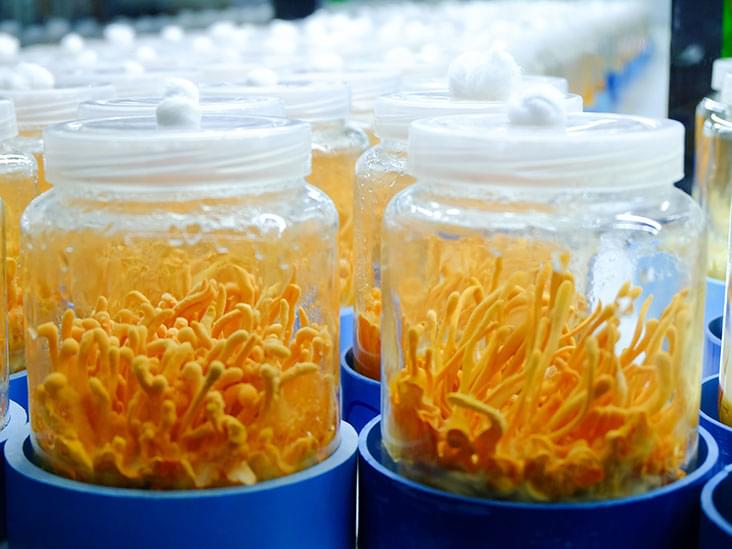Category: food – Page 136
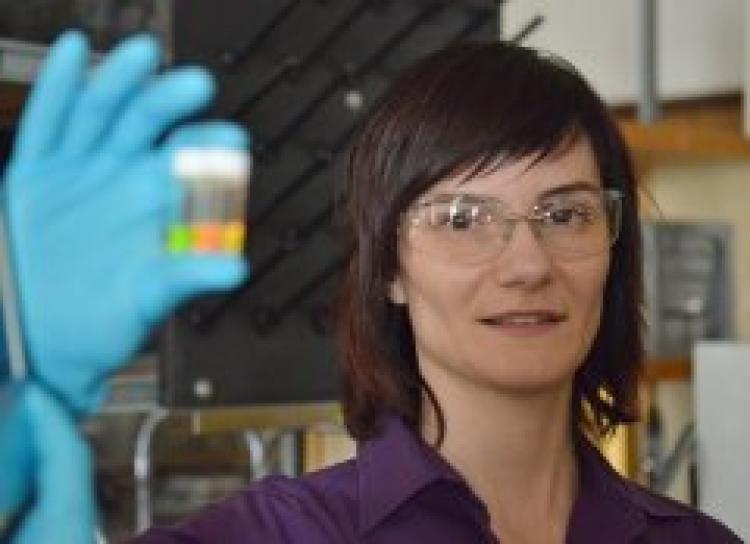
Study involving CU-Boulder shows fertilizer can be made from sunlight
A group of scientists led by the U.S. Department of Energy’s National Renewable Energy Laboratory (NREL) in Golden and involving the University of Colorado Boulder has developed a new, eco-friendly method to produce ammonia, the main ingredient of fertilizer, using light.
The researchers discovered that light energy can be used to change dinitrogen (N2), a molecule made of two nitrogen atoms, to ammonia (NH3), a compound of nitrogen and hydrogen. The researchers hope the newly discovered, light-driven chemical process that creates ammonia can lead to future developments that will enhance global agricultural practices while decreasing the dependence of farmers on fossil fuels.
Traditionally there have been two main ways to transform nitrogen, the most common gas in Earth’s atmosphere, for use by living organisms. One is a biological process that occurs when atmospheric nitrogen is “fixed” by bacteria found in the roots of some plants like legumes and then converted to ammonia by an enzyme called nitrogenase.
Bumble bees like to ‘play’: new video study shows them moving balls for fun
So even insects like to play and have fun.
Bumble bees enjoy playing with balls, suggesting insect minds are far more sophisticated than previously thought, researchers have found.
It is the first study to prove that the insects like to play with toys, even when there is no apparent benefit to their actions.
Researchers at Queen Mary University of London found that bees spontaneously chose to ignore food to roll wooden balls, with younger bees opting to roll more balls than older bees.
It suggests that younger bees are more playful, just like human children.
Existential Hope: Creon Levit | On space and the long-term future
Are we alone in the universe? What could a future for humans in space look like? And what would Creon’s advise to Elon Musk be if he wants to make a self-sufficient mass colony there? This Hope Drop features Creon Levit, chief technologist and director of R&D at Planet Labs.
Creon Levit is chief technologist at Planet Labs, where he works to move the world toward existential hope via novel satellite technologies. He also hosts Foresight Institute’s Space Group.
Creon speaks on:
- His experiences working with NASA & Planet Labs.
- Natural systems technologies.
- Regenerative Agriculture.
- His vision for the future.
- And much more!
Creon is chief technologist and director of R&D at Planet Labs, and a Foresight Institute senior fellow. He previously worked at NASA Ames Research Center in Silicon Valley, where he was one of the founders of the NAS (NASA Advanced Supercomputing) division, co-PI on the Virtual Wind Tunnel project, co-founder of the NASA Molecular Nanotechnology Group (the first federally funded research lab devoted to molecular nanotechnology), co-PI on the hyperwall project, investigator on the Columbia accident investigation board, member of the NASA engineering and safety center, investigator on the millimeter-wave thermal rocket project, the Stardust re-entry observation campaign, PI on the LightForce project, special assistant to the center director, and chief scientist for the programs and projects directorate.
Submit your contribution to the storytelling bounty from Creon’s prompt to “Imagine a shift in human nature where we could all have love, community, technology, and adventure, as well as lack of severe hardship or fear.” here: https://680d4kcs6ki.typeform.com/to/jHROTs6z.
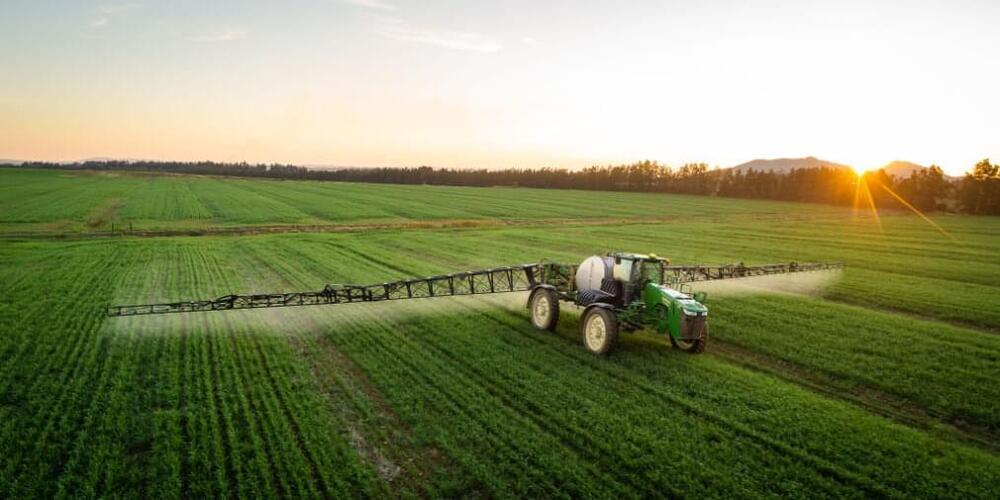
Study shows hazardous herbicide chemical goes airborne
“Dicamba drift”—the movement of the herbicide dicamba off crops through the atmosphere—can result in unintentional damage to neighboring plants. To prevent dicamba drift, other chemicals, typically amines, are mixed with dicamba to “lock” it in place and prevent it from volatilizing, or turning into a vapor that more easily moves in the atmosphere.
Now, new research from the lab of Kimberly Parker, an assistant professor of energy, environmental and chemical engineering at Washington University in St. Louis’ McKelvey School of Engineering, has shed new light on this story by demonstrating for the first time that these amines themselves volatilize, often more than dicamba itself.
Their findings were published Sept. 23 in the journal Environmental Science and Technology.
A hackable, multi-functional, and modular extrusion 3D printer for soft materials
Researchers have developed a hackable and multi-functional 3D printer for soft materials that is affordable and open design. The technology has the potential to unlock further innovation in diverse fields, such as tissue engineering, soft robotics, food, and eco-friendly material processing—aiding the creation of unprecedented designs.
Carbon dioxide can revolutionize rooftop farming, here is the proof
A new way to boost the growth of plants in rooftop farms.
Humans constantly breathe out large amounts of CO2 and when we are inside a building for a period of time, it creates high concentrations of carbon dioxide inside the building. This CO2 is removed through a building’s exhaust system.
Plants take in CO2 as a source of food and when they are exposed to lots of CO2, they will grow bigger than they would have otherwise.
Dr. Sarabeth Buckley.
Interestingly, a team of researchers from Boston University has proposed a system called BIG GRO in which excess CO2 from a building’s exhaust system can be utilized as a fertilizer to grow thriving rooftop gardens.
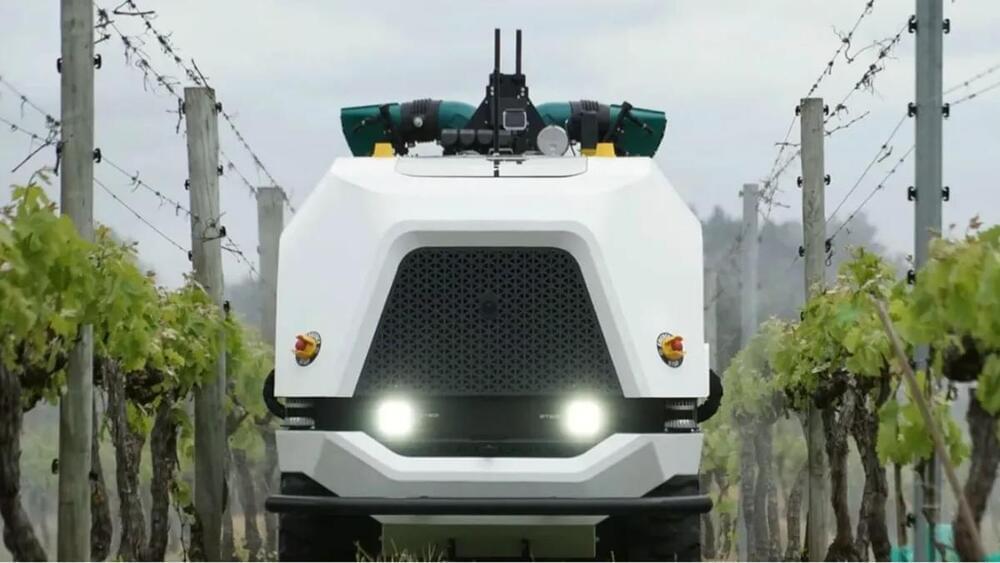
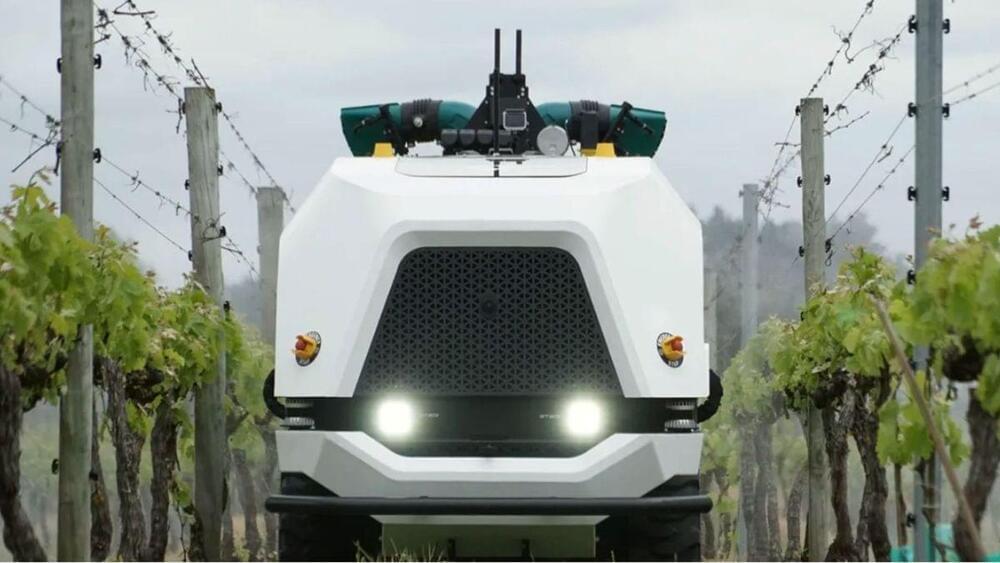
This unmanned agricultural robot could transform the industry
New Zealand-based agritech company Robotics Plus has launched an autonomous multi-use, modular vehicle for agriculture that could revolutionize the industry by alleviating ongoing labor shortages and simplifying agricultural tasks, according to a press release by the firm published on Thursday.
Optimizing tasks
The robot can be supervised in a fleet of vehicles by a single human operator, using a combination of vision systems and other technologies to sense its environment. This empowers it to optimize tasks and allow intelligent and targeted application of inputs such as sprays. It is suitable for a variety of jobs including spraying, weed control, mulching, mowing and crop analysis.
